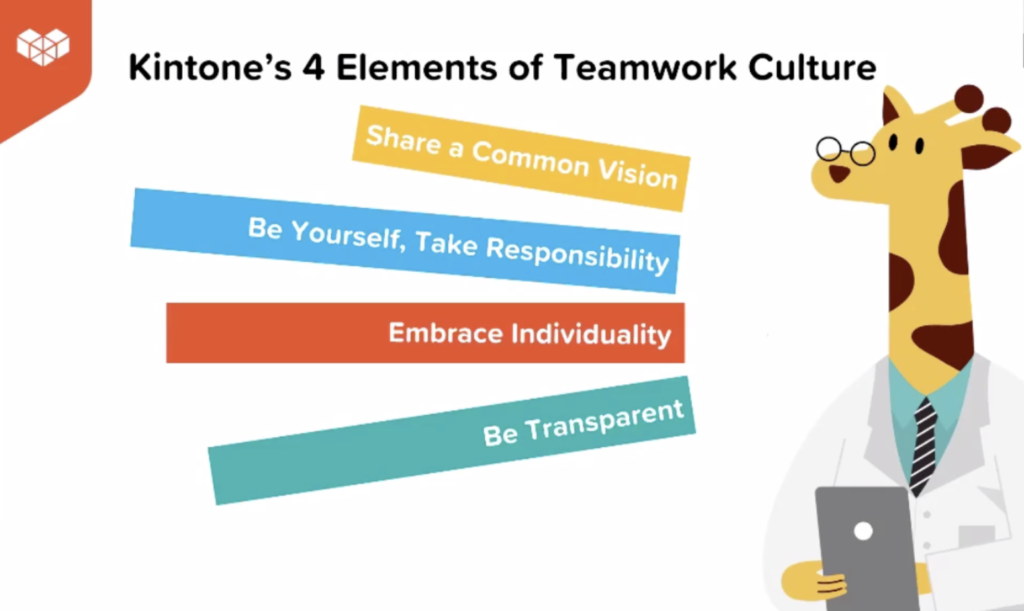HR Planning & Budgeting 2025: How To Maximize Your Employee Experience Investment
The end of the year approaches fast, and for businesses and organizations, this indicates the time to complete annual budget plans for the coming year. Decisive strategies delivering the highest ROI are driving an industry shift, placing employee experience (EX) at the forefront of organizational priorities.“We are in a new wave of focusing on our employees, which is different from the way organizations used to operate,” said Rob Catalano, chief marketing and strategy officer for WorkTango. “We need to be intentional that employee experience is important. When we create our plans and strategies we are thinking about them as well.”Emily McCrary-Ruiz Esparza, journalist and contributing editor at From Day One spoke about the importance of employee experience when approaching the budget planning with Catalano during a From Day One webinar titled, HR Planning & Budgeting 2025: How To Maximize Your Employee Experience InvestmentBoosting employee relationship management yields the benefits of higher morale, and in turn increases retention and employee engagement. A Gartner survey supports this, with these five priorities for HR leaders in 2024: Leader and Manager Development Organizational Culture HR Technology Change Management Career Management and Internal MobilityThe survey's top three priorities highlight how HR leaders are embracing change and the need for strategic agility. Happy employees drive stronger company profits. According to Harvard Business Review's study, How Employee Experience Impacts Your Bottom Line, organizations that prioritize employee experience in their budgets see revenue and profits rise by at least 50%.Organizations that fail to integrate employee experience into their current and future strategies risk falling behind, says Catalano. HR leaders must leverage technology, AI, and other digital tools to achieve the same success through robust employee experience initiatives.Rob Catalano of WorkTango led the webinar (company photo)“Technology needs to be that critical part of your strategic planning and your budget carved out for these types of things if you want to impact that employee experience,” said Catalano.Annual employee surveys don’t yield the fastest employee experience results anymore. Many employee issues aren’t identified and resolved until several months later. “No one’s going to act or do something different if you’re only getting your engagement index of how people feel once a year,” Catalano said.How To Approach Budgeting and ROIInvesting in employee experience doesn’t require a large portion of a company budget. Two thirds of companies that invested less than $10,000 saw a ROI up to 5 times. What is more important is identifying and measuring what Catalano calls the three pillars, People ROI, HR ROI, and Company ROI.Every company will determine these metrics differently as they should–ROI is not one size fits all. One company can receive a high ROI with the same plan another company used, who only saw a minimal ROI.“If we think about employee experience and all those pillars, there isn’t a silver bullet when companies are thinking of a multi threaded experience strategy. You can’t do it all, but be thoughtful. What are the right things that are employee focused versus company focused?”Editor’s note: From Day One thanks our partner, WorkTango, for sponsoring this webinar. Mary Jones is a freelance writer out of Ohio. Her work is featured in several publications including The Dallas Express, NDash, and The Daily Advocate.






